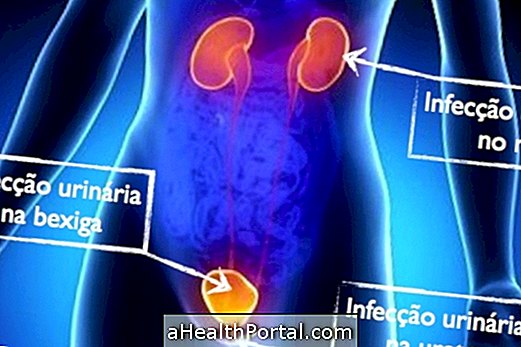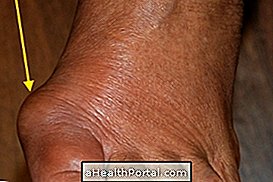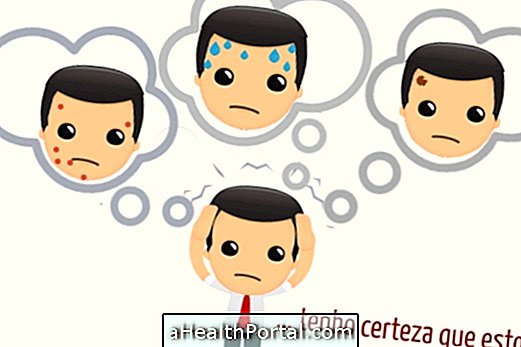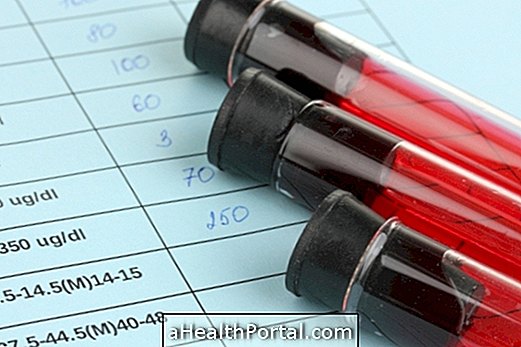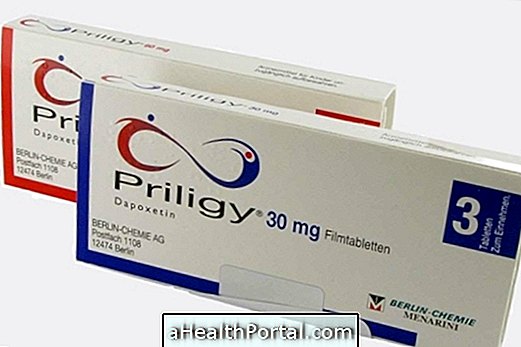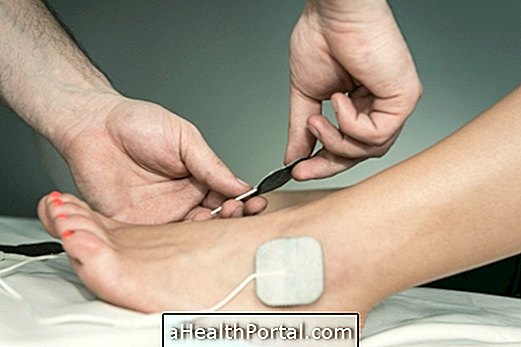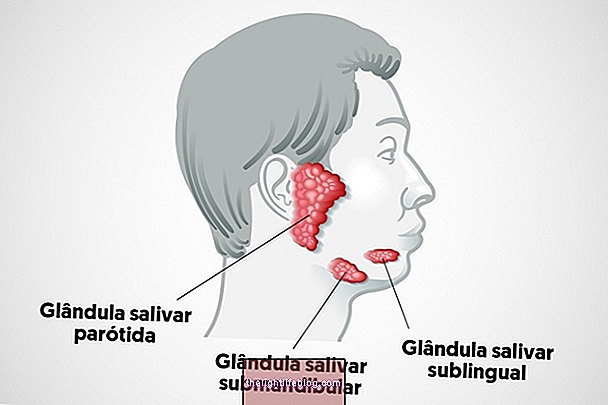Symptoms of dyslexia, which is characterized as difficulty in writing, speaking and spelling usually occur during the period of childhood literacy, when it is usually diagnosed.
However, it can also only be diagnosed in adults, and although dyslexia has no cure, the child or adult with proper treatment may have a better quality of life.
The causes of dyslexia are related to genetic factors, late development of the central nervous system, problems in brain structures and poor communication between some neurons. However, this does not affect the intelligence of the child.
The treatment for dyslexia should be done through the accompaniment with a psychologist, speech therapist and pedagogue for school support, with the objective of helping the child with dyslexia to overcome, within his or her abilities, his / her difficulty in reading, writing, spelling and math.

Symptoms of childhood dyslexia
Symptoms of childhood dyslexia include:
- Start talking later;
- Delay in motor development such as crawling, sitting and walking;
- The child does not understand what he hears;
- Difficulty in learning to ride a tricycle;
- Difficulty adapting to school;
- Sleeping problems;
- The child may be hyperactive or underactive;
- Crying and restlessness or agitation often.
From the age of 7, the symptoms of dyslexia can be:
- The child takes a lot of time to do homework or can do it quickly but with many mistakes;
- Difficulty in reading and writing, inventing, adding or omitting words;
- Difficulty in understanding texts;
- The child may omit, add, change or reverse the order and direction of letters and syllables;
- Difficulty concentrating;
- The child does not want to read, especially out loud;
- The child does not like to go to school, having a stomach ache at the time of going to school or with fever on test days;
- Follow the text line with your fingers;
- The child easily forgets what he learns and loses himself in space and time;
- Confusion between left and right, up and down, front and back;
- The child has difficulty reading the hours, for sequences and counting, needing the fingers;
- The child does not like school, reading, math and writing;
- Difficulty in spelling;
- Slow writing, with ugly and messy lyrics.
The dyslexic child also often finds it difficult to ride a bike, button, tie up the shoe, maintain balance, and exercise. In addition, problems in talking how to change the R by L also be caused by a disorder called Dislalia, which is the speech problem of Monica's Class Chive. See more here.
Symptoms of adult dyslexia

The symptoms of adult dyslexia, although they may not all be present, may be:
- Take a long time to read a book;
- As you read, skip the endings of the words;
- Difficulty in thinking what to write;
- Difficulty in taking notes;
- Difficulty in following what others say and with sequences;
- Difficulty in mental calculation and time management;
- Renance in writing, for example, messages;
- Difficulty in properly understanding the meaning of a text;
- Need to reread the same text several times to understand it;
- Difficulty in writing, with mistakes of letter exchanges and forgetfulness or confusion in relation to punctuation and grammar;
- Confusing instructions or phone numbers, for example;
- Difficulty in planning, organizing and managing time or tasks.
However, usually the individual with dyslexia is very sociable, communicates well and is affable, being very friendly.
Diagnosis of Dyslexia
In order to confirm that the person has dyslexia, specific tests must be performed that must be answered by the parents, teachers and people close to the child. The test consists of several questions about the behavior of the child in the last 6 months and should be evaluated by a psychologist who will also give indications of how the child should be followed.
In addition to identifying if the child has dyslexia, it may be necessary to respond to other questionnaires in order to know whether, in addition to dyslexia, the child has some other condition, such as Attention Deficit Hyperactivity Disorder, which is present in almost half the cases of dyslexia.
